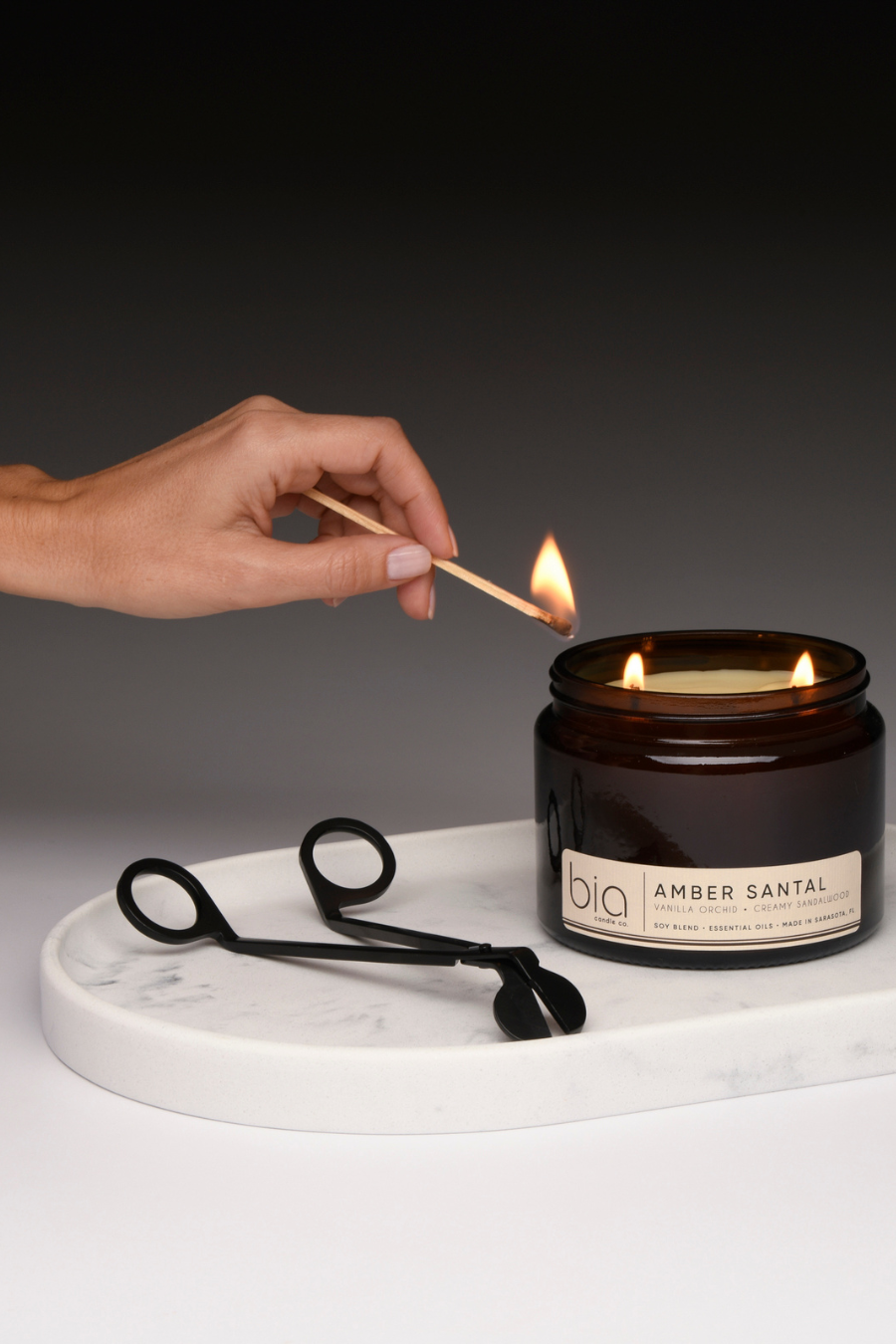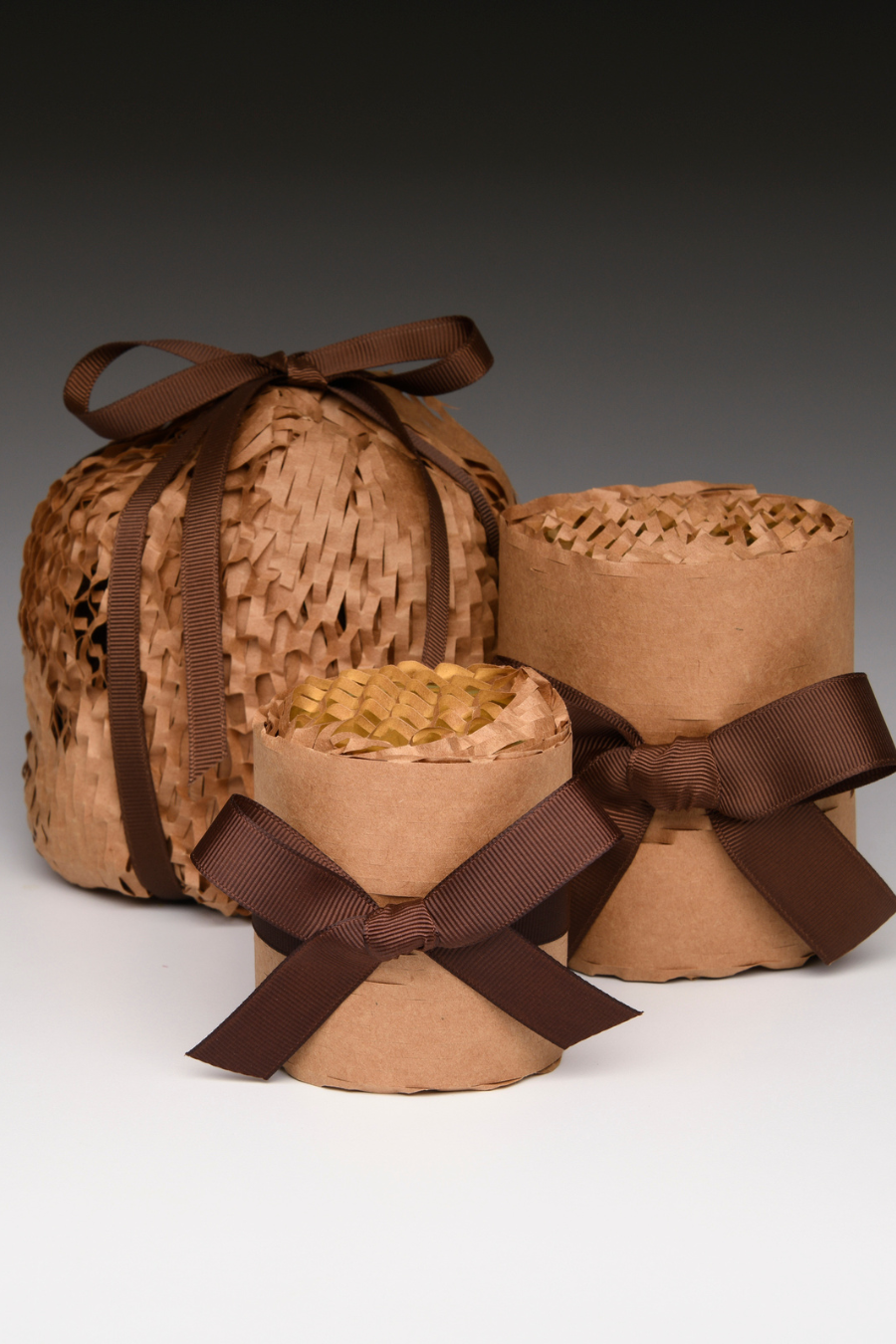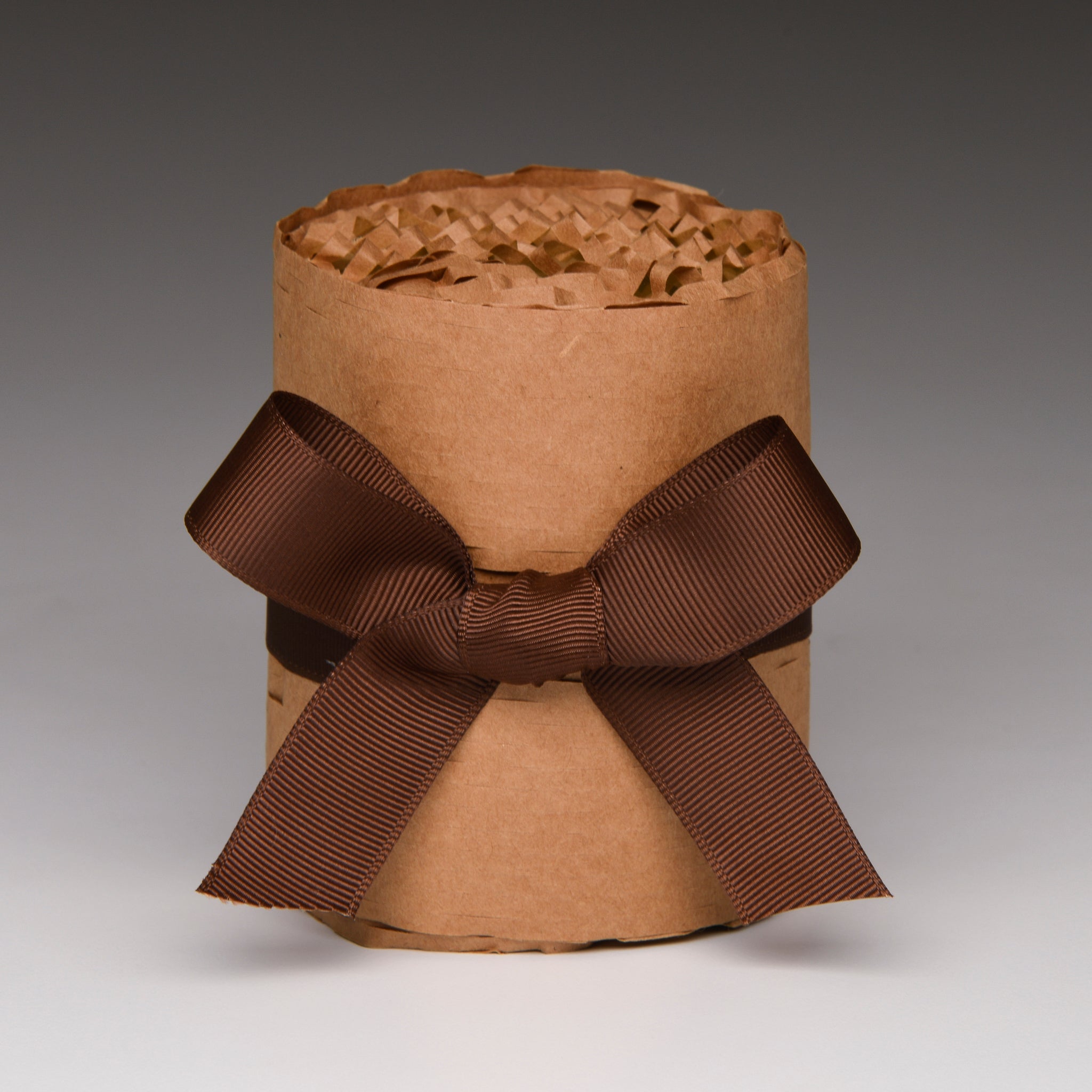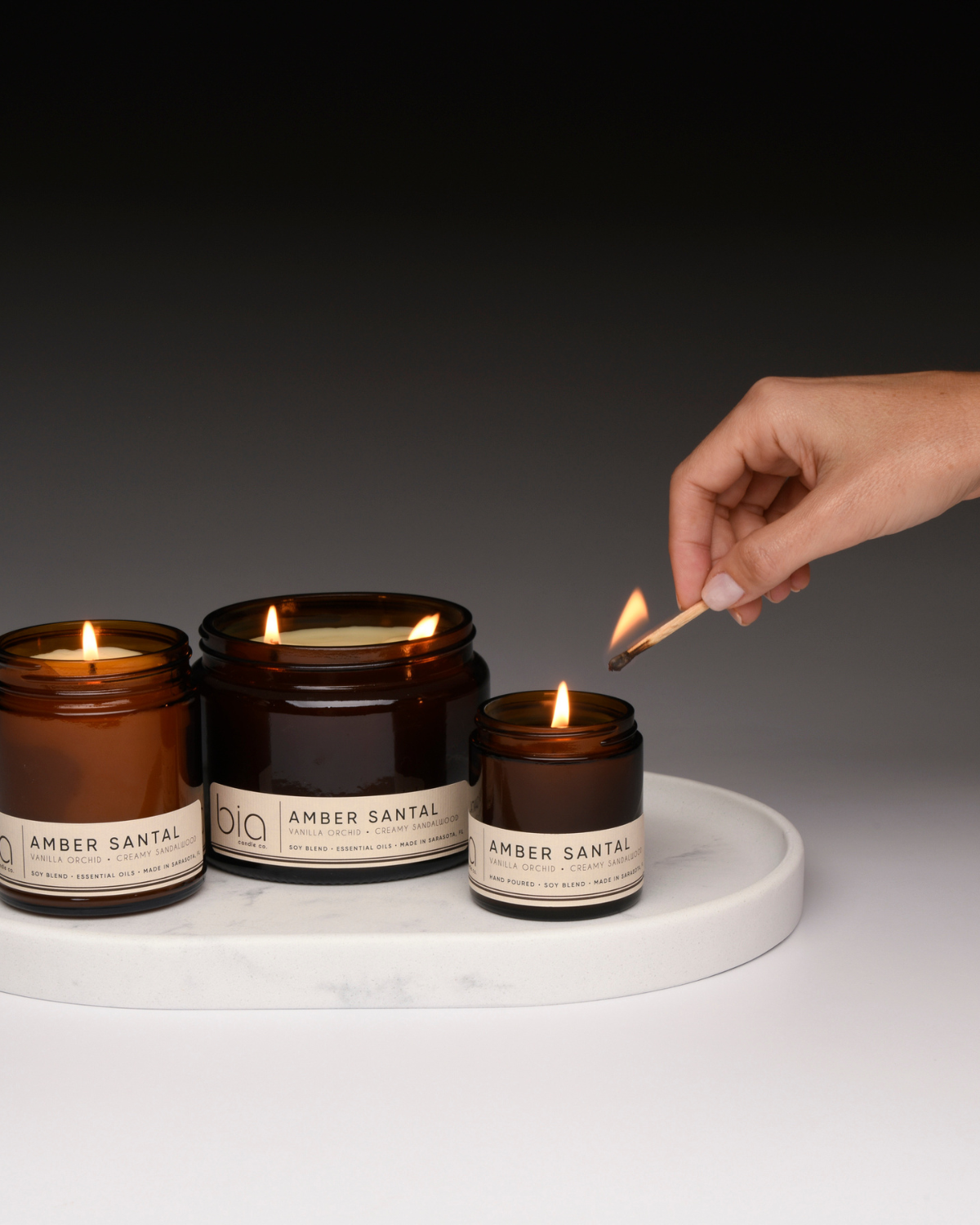When people think about candles, they often focus on the fragrance, the wax, or the beautiful jars. But the truth is, the most important part of any candle is the wick. Candle wicks' importance cannot be overstated because it directly affects how the candle burns, how long it lasts, and how much smell it gives off. If you have ever wondered why some candles burn unevenly or produce too much smoke, the answer usually lies in the wick. Without the right wick, even the best wax and fragrance oils cannot create the perfect candle experience.
Table of Contents
1. What Is a Candle Wick?
A candle wick is a small piece of braided or twisted material, usually cotton or wood, that draws melted wax upward to fuel the flame. When lit, the wick works like a pump, pulling liquid wax up where it vaporizes and keeps the flame alive. Without the wick, there is no flame. It may look small, but it is the true engine behind every candle.
2. Why the Candle Wick Cannot Be Ignored
The wick determines how your candle performs. A candle with a poor wick may burn too quickly, produce smoke, tunnel down the center, or fail to release fragrance properly. On the other hand, a well-chosen wick ensures a steady flame, balanced burn, and enjoyable fragrance throw. That’s why the candle wick is more crucial than many people realize; it decides whether a candle is pleasant or frustrating.
3. The Science Behind a Wick
When you light a candle, the heat melts the wax near the wick. The wick then absorbs the liquid wax, carrying it upward through capillary action. Once the wax reaches the flame, it vaporizes and combusts, producing light and heat. The wick must balance fuel delivery with flame control. If the wick is too small, the flame will be weak. If it is too large, the flame will be smoky and waste wax.
4. Types of Candle Wicks
Different candles need different types of wicks. Here are the most common ones:
Cotton Wicks
-
Made from braided or twisted cotton.
-
Provide a clean and consistent burn.
-
Most common in everyday candles.
Wooden Wicks
-
Made from flat or tube-shaped wood.
-
Known for their gentle crackling sound.
-
Used in luxury or natural candles.
Specialty Wicks
-
Include zinc-core, paper-core, or hemp wicks.
-
Designed for specific wax blends or decorative candles.
5. Choosing the Right Wick for Your Candle
Every candle wax type, paraffin, soy, beeswax, requires a wick that matches its melting point and thickness. Even the size of the jar matters. For example, a large jar candle needs a thicker wick to create a wide melt pool. A Soy Blend Wood Wick Candle, for example, uses wooden wicks because they are slow, even burn of soy wax while also creating a cozy crackling sound.
6. Candle Wick and Burn Time
Burn time is one of the most noticeable effects of wick choice. A small wick may cause tunneling, where the candle burns down the middle and wastes wax. A large wick may burn the wax too fast, reducing burn time. The right wick ensures that your candle lasts longer and burns evenly.
7. Common Wick Problems and Fixes
-
Tunneling: Wick too small. Solution: Use a larger wick or burn longer.
-
Mushrooming: Wick too large, causing carbon build-up. Trim the wick.
-
Smoking: Wick too long or large. Always trim before lighting.
-
Weak Flame: Wick too small or clogged. Replace the wick or use proper wax.
8. Candle Wick Care Tips
Candle lovers can extend candle life by caring for the wick:
-
Trim to about 1/4 inch before each use.
-
Keep the wick centered for even burning.
-
Don’t burn candles near drafts.
-
Use a candle wick dipper to extinguish the flame gently without smoke.
9. Tools for Wick Maintenance
Candle tools help make wick care easy:
-
Wick Trimmers: Special scissors that cut the wick cleanly.
-
Wick Dippers: Push the wick into melted wax to snuff out the flame without smoke.
-
Wick Snuffers: Cover the flame to cut the oxygen supply.
These tools ensure your wick stays in good shape, giving you the best candle experience.
10. Wick Size and Wax Type: Why They Must Match
Choosing the right wick means considering wax type, container size, and fragrance load. For example:
-
A thick soy candle may need a wider wick.
-
Beeswax candles burn hot and need strong wicks.
-
A paraffin candle may work fine with smaller cotton wicks.
If the wick and wax don’t match, the candle will not perform well. This again highlights the candle wicks' importance in the design process.
11. Conclusion
The wick may look small, but it is the heart of a candle. It controls burn time, fragrance throw, and overall performance. Without the right wick, even the best candle wax and fragrance cannot shine. Understanding candle wicks' importance matters so much. Whether you are buying or making candles, always pay attention to the wick it makes all the difference.
12. Call to Action
Love candles and want to enjoy them the right way? Next time you shop, look closely at the wick. Choose candles with well-matched wicks, like a Soy Blend Wood Wick Candle, and use tools such as a candle wick dipper to care for them. By respecting the wick, you will enjoy longer-lasting, cleaner, and more delightful candles.
13. FAQs
Q1: Why does my candle produce smoke?
Likely because the wick is too long or too large. Trim the wick before lighting.
Q2: Can I fix a tunneling candle?
Yes, by letting it burn long enough for the wax to melt evenly, or by using a foil wrap to guide heat.
Q3: Why is my flame weak?
The wick may be too small or clogged. A larger wick can fix this.
Q4: Are wooden wicks safe?
Yes, when trimmed properly. They provide a cozy burn experience.
Q5: What tool should I use to put out a candle?
A candle wick dipper is one of the best tools because it prevents smoke.








